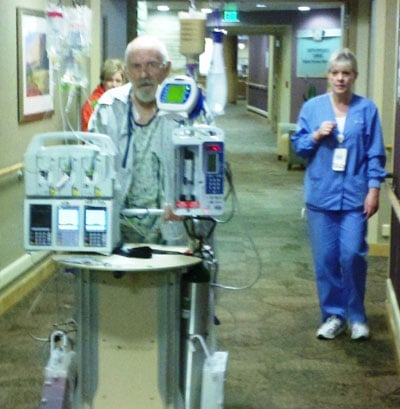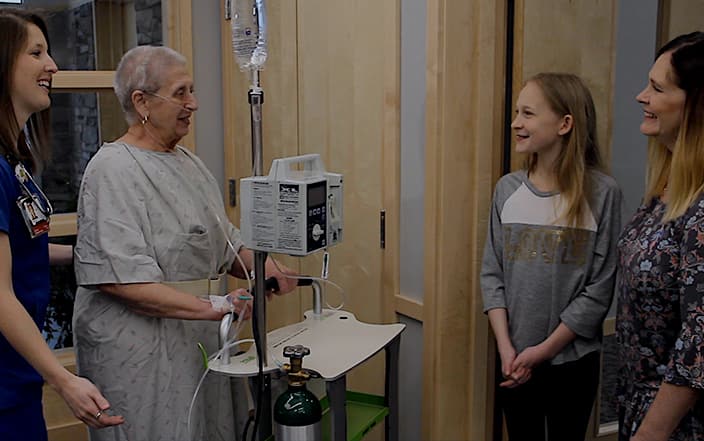Neurological Benefits with Patient Ambulation
There are many known neurological benefits of early patient mobility. The fact that immobility causes muscle stiffness and weakness is familiar to anyone who sits in a chair for too long, but can immobility actually cause permanent nerve damage? Recent studies reveal that immobility during hospital stays can cause damage to the peripheral nervous system, increase the likelihood and severity of delirium, and slow recovery for patients with neurological problems. To resolve this, neurological intensive care units have been developing specialized early mobility protocols that make it safe to mobilize patients with severe conditions like stroke, aneurysm, and severe acquired brain injury.
Key Facts:
- Patients who experience in-hospital immobilization are at high risk for intensive care unit-acquired weakness (ICUAW), which contributes to long-term disability, including permanent damage to the peripheral nervous system. (Kramer 2017)
- Patients who have experienced treatment for critical illness often acquire secondary, long-term neuropsychiatric problems like delirium. Exercise is associated with increased cerebral blood flow, normal nerve repair, and nerve health, and early mobilization may reduce delirium and improve neuropsychiatric outcomes. (Hopkins 2012)
- Specialized early mobility activities have been developed specifically for patients admitted to the neurological intensive care unit (NICU) to maximize safety and minimize complications from immobility, even for patients with complications like an external ventricular drain. (Yataco 2019, Shah 2018, Olkowski 2017, Moyer 2017)
- Movement is so important to nerve health that new nursing guidelines call for patients undergoing spinal surgery to be mobilized on the day of surgery, within six hours of arrival at the medical-surgical unit. (Rupich 2018)
- Early mobilization assists in the clinical and functional recovery of patients who have severe acquired brain injuries. (Bartolo 2017)
Learn more about Livengood Medical Mobi Solutions.













